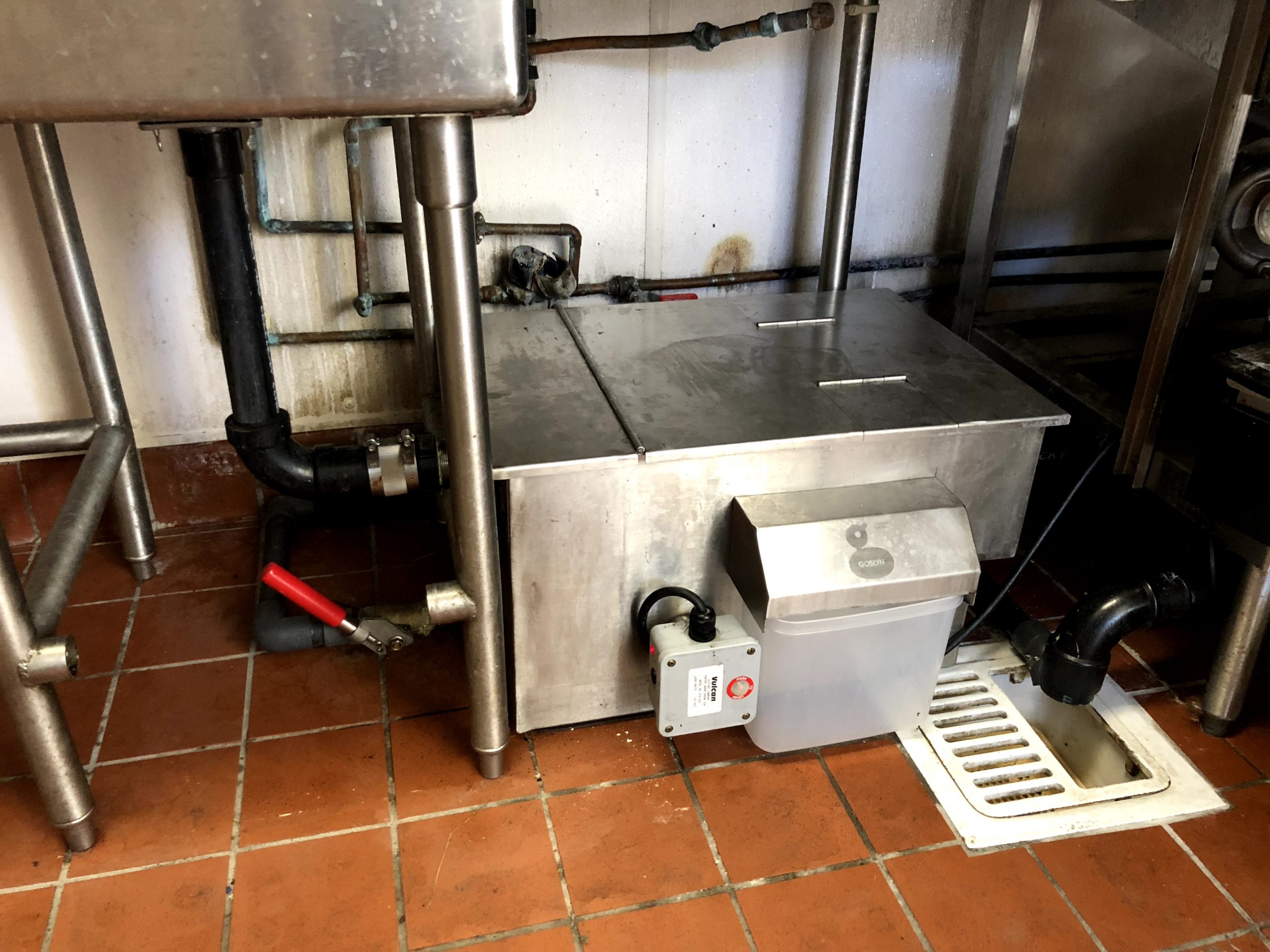
Image Source: Google
Running a restaurant comes with a lot of responsibilities, one of which is maintaining a clean and functional grease trap. Grease traps are essential for preventing grease and oil from entering the sewer system and causing blockages. Regular cleaning of your grease trap is crucial to ensure it works efficiently and complies with health and safety regulations. If you are looking for a commercial grease trap cleaning service, you should check Phoenix Environmental Solutions.
Importance of Grease Trap Cleaning
Grease traps are designed to capture fats, oils, and grease from the water that flows through your kitchen plumbing. Over time, these substances can accumulate and solidify, leading to clogs and foul odors if not properly cleaned. Regular grease trap cleaning is important for several reasons:
Prevents Clogs
- Buildup of grease can clog your pipes, leading to backups and potential water damage in your kitchen.
Protects the Environment
- Grease that enters the sewer system can cause pollution and harm aquatic life. Proper grease trap maintenance helps protect the environment.
Complies with Regulations
- Health and safety regulations require regular cleaning and maintenance of grease traps to ensure the safety of your employees and customers.
How Often Should You Clean Your Grease Trap?
The frequency of grease trap cleaning will depend on the size of your grease trap, the volume of grease your kitchen produces, and local regulations. In general, you should clean your grease trap:
Monthly Inspection
- Inspect your grease trap monthly to check the grease levels and determine if it needs to be cleaned.
Quarterly Cleaning
- For most restaurants, quarterly cleaning of the grease trap is recommended to prevent buildup and clogs.
Regular Maintenance
- In addition to regular cleaning, make sure to maintain your grease trap by scraping off solidified grease and checking for any leaks or damage.
DIY vs. Professional Grease Trap Cleaning
While some restaurant owners choose to clean their grease traps themselves, others opt for professional grease trap cleaning services. Here are some factors to consider when deciding between DIY and professional cleaning:
DIY Cleaning
- Cost-effective if you have the right tools and equipment
- Requires time and effort on your part
- May not be as thorough or effective as professional cleaning
Professional Cleaning
- Experienced professionals ensure proper cleaning and maintenance
- Saves you time and effort
- Compliance with regulations and health standards
Grease Trap Cleaning Tips and Tricks
Whether you choose to clean your grease trap yourself or hire a professional service, here are some tips and tricks to help you keep your grease trap in top condition:
Use Enzyme Cleaners
- Enzyme-based cleaners can help break down grease and prevent buildup in your grease trap.
Scrape Regularly
- Scrape off solidified grease and food particles from the trap to prevent clogs.
Check for Leaks
- Regularly inspect your grease trap for leaks or damage and have them repaired promptly.
Dispose of Grease Properly
- Collect grease and oil in a separate container and dispose of it properly to prevent it from entering the grease trap.
Conclusion
Proper maintenance and cleaning of your commercial grease trap are essential for the smooth operation of your restaurant kitchen. By following the tips and tricks outlined in this guide, restaurant owners can ensure their grease traps work efficiently, comply with regulations, and contribute to a cleaner environment. Whether you choose to clean your grease trap yourself or hire a professional service, regular maintenance is key to preventing clogs and costly repairs. Remember, a clean grease trap is a happy grease trap!